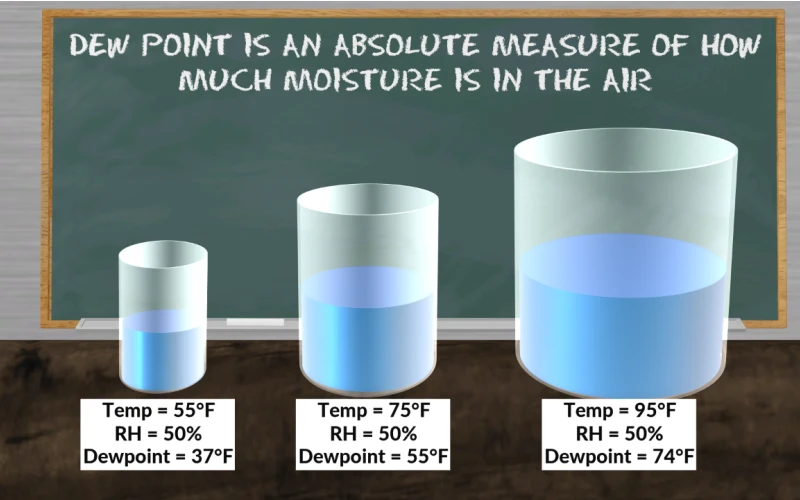**How is Dew Point Calculated**

# How is Dew Point Calculated
Understanding Dew Point
Dew point is the temperature at which air becomes saturated with water vapor, leading to the formation of dew, fog, or frost. It is a crucial measurement in meteorology, agriculture, and HVAC systems, as it indicates the moisture content in the air.
The Science Behind Dew Point Calculation
Dew point is calculated using temperature and relative humidity data. The process involves determining the amount of water vapor in the air and identifying the temperature at which this vapor would condense into liquid water.
Key Variables in Dew Point Calculation
- Temperature (T): The current air temperature in degrees Celsius or Fahrenheit.
- Relative Humidity (RH): The percentage of moisture in the air compared to the maximum it can hold at that temperature.
- Vapor Pressure: The pressure exerted by water vapor in the air.
Common Methods for Calculating Dew Point
1. Magnus Formula
The Magnus formula is one of the most widely used approximations for calculating dew point. It is expressed as:
Td = (b × α(T, RH)) / (a – α(T, RH))
Where:
- Td is the dew point temperature.
- a and b are constants (typically 17.27 and 237.7°C, respectively).
- α(T, RH) is a function of temperature and relative humidity.
2. Psychrometric Charts
Psychrometric charts provide a graphical representation of the relationship between air temperature, humidity, and dew point. By locating the intersection of temperature and relative humidity, the dew point can be read directly from the chart.
3. Online Calculators and Apps
Many digital tools and mobile apps simplify dew point calculations by automating the process. Users input temperature and relative humidity, and the tool computes the dew point instantly.
Practical Applications of Dew Point
Understanding dew point is essential in various fields:
- Meteorology: Predicting weather conditions like fog, frost, or precipitation.
- Agriculture: Managing crop irrigation and preventing frost damage.
- HVAC Systems: Controlling indoor humidity levels for comfort and energy efficiency.
Conclusion
Dew point calculation is a fundamental aspect of understanding atmospheric moisture. Whether using the Magnus formula, psychrometric charts, or digital tools, knowing how to determine dew point helps in making informed decisions across multiple industries.
Keyword: how is dew point calculated


